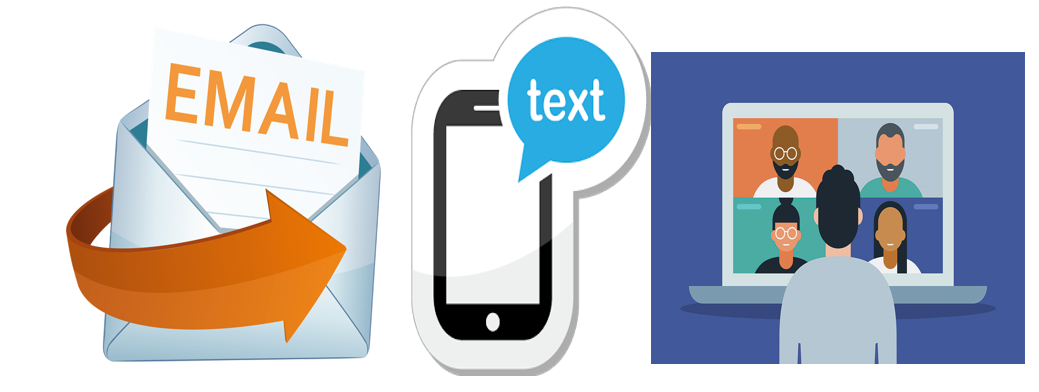Examples of customer engagement in your pharmacy.
The GPHC Communications and Engagement strategy has a very useful guide on strategy, communication and ways to engage which is relevant to both each other and to your customers..
As a pharmacy worker you are the engine of the pharmacy. You not only manage inventory, but you’re also the friendly face who takes care of customers when they walk in. You help them get the medications they need in a timely fashion. Your strong organisational and inventory management skills keep your pharmacy healthy on the back end. But your helpfulness and customer engagement skills will keep your pharmacy healthy from the front. Remember strong customer engagement skills keeps your customers / patients coming back, builds a connection with the community, and helps your pharmacy stay competitive.
Some examples for quality customer engagement and in turn excellent customer service include:
- Be friendly and welcoming. A friendly greeting as a customer approaches the counter goes a long way towards making them feel comfortable and valued. Being openly helpful and ready to serve sends the message that the pharmacy cares about their wellbeing and creates a feeling of trust.
- Protect customer privacy. At all times, when interacting with customers, take great care to protect their privacy. Be discreet when discussing protected medical information such as prescriptions, medications, or medical conditions.
- Learn customer names. Show that you care about your customers by making an effort to learn their names. Addressing customers by name helps them to feel like you care about getting to know them. This helps them to feel comfortable with your pharmacy and encourages them to return in the future.
- Prepare in advance. Because the lines at the pharmacy can get rather long, learn to build in shortcuts to your time on the shift. For example, if you know specific customers come in regularly, have their prescriptions ready before they arrive.
- Be friendly on the phone. As a pharmacy technician, always be courteous and helpful when speaking to customers by phone. If there’s an issue that you are unable to assist with, politely let them know that you’ll place them on hold for the pharmacist.
- Always be professional. Always behave and respond in a calm and courteous manner. As a pharmacy technician serving customers, you represent not only yourself but the pharmacy as well. Often, a customer’s interaction with the pharmacy technician forms their primary impression of the pharmacy. It’s up to you to make sure it’s a positive one.
However, we don't just communicate by talking to our patient at the counter there are many other ways to communicate and engage with customers.
- Automated Patient Engagement e.g., an answerphone for taking messages and leaving repeat prescription / dispensing requests.
- Starting Engagement Before a Patient Visit e.g., sending a patient a text message reminding them their repeat prescription is ready for collection or their pharmacy appointment is due.
- Aftercare can be dealt with via customer satisfaction surveys, leaflets signposting etc.
- Continuous care is also a great way to help patients with preventative care measures. While this is an essential part of patient care for high-risk patients living with chronic conditions, continuous care can recue health complications for all patients. Moreover, it provides a great opportunity to bring customer traffic in for additional services and revenue, such as screenings, wellness checks and promoted service lines.
- Use Preferred Channels because it doesn’t matter how personal, relevant, or moving your engagement strategies are if your patient never sees them. A major part of improving patient engagement is to meet them where they are and reach out to them using their preferred channels of communication. Each patient has a preferred channel of communication. Some potential channels that can be used for patient communication and engagement include:
- Text
- Phone
- Patient portals
- Social media
- Video conferencing
- Secure, online messaging platforms
- Printed mail



